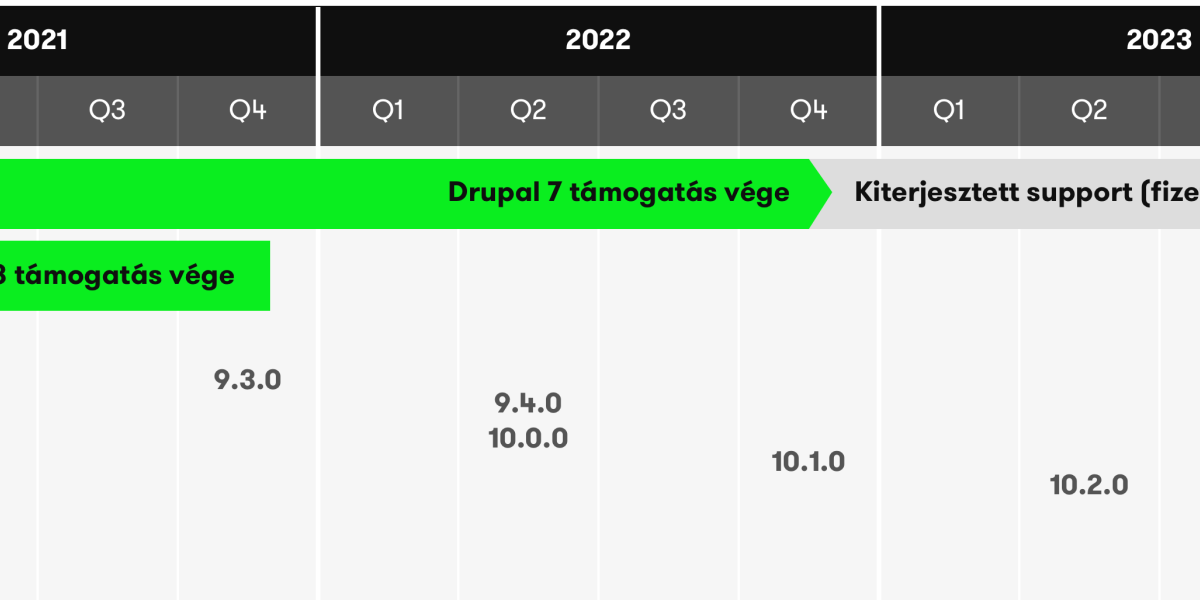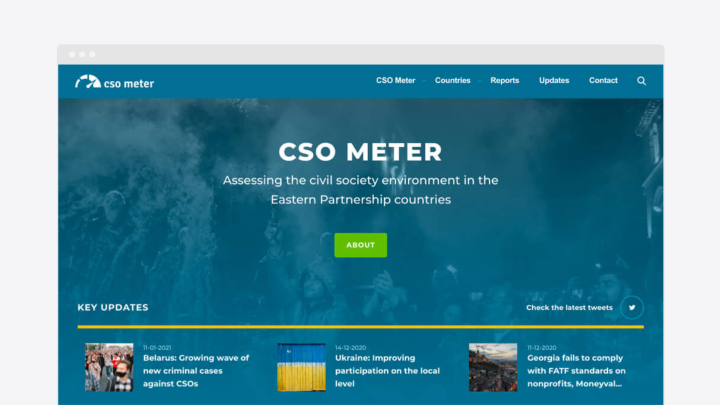Things have been speeding up around the various Drupal versions. In the following article, I’ll take a look at why and when we need to update our Drupal sites.
Integral Vision
Things have been speeding up around the various Drupal versions. In the following article, I’ll take a look at why and when we need to update our Drupal sites.
Why upgrade? What does support mean?
There are few areas that are evolving as rapidly as the Web. Drupal's system is based on dozens of dynamically expanding and changing technologies. Because of that, it is a big challenge for the community to follow all these changes and ensure the security and smooth operation of the system.
Changes within the main versions usually mean minor modifications. However, sometimes a coordinated, more significant step is needed, which also allows for functional optimization and improvement. Each main version has been supported by the community for years, meaning that they are constantly looking out for vulnerabilities and bugs and releasing patches for them. It is worth doing until the maturity level of the next versions reaches a critical level. In the case of Drupal, the rule of thumb is that once the latest main version is released, the community will continue supporting the two latest versions. This basically means that the older versions will no longer be supported, and there will be no guarantee that any security and functionality vulnerabilities will be fixed.
Because of that, the update is necessary if you want to keep your site secure and benefit from the power of the community by having potential vulnerabilities monitored and patched by thousands of developers.
Why is D7 supported longer than D8?
After November 2021, there will be no updates for Symfony 3.4 used in the D8, and the only solution for any security issues will be upgrading. CKEditor version 4 is also only supported until 2023. And the jQuery UI has not been updated since September 2016.
The original plan was that after the release of main version 10, any support of main versions 7 and 8 would be discontinued. However, with the arrival of COVID, the community decided to extend the support of D7 for an additional year, until the end of 2022. This could not be done in the case of D8 because the support for the core component versions used to build the D8 will cease at the end of 2021.
In the shadows of the main versions
The upgrade from Drupal 7 to 8 was a big step. The system has undergone a fundamental change, with practically the entire code base being rewritten by the community. As a result, upgrading to 8 meant rewriting both functions and the user interface.
The good news is that Drupal 9 and 10 are both based on Drupal 8, and thus you can upgrade from 8 to 9 and 10 as usual, without the need to rewrite the code due to a version change.
It seems that from now on, more considerable version changes will take place more frequently, every 1-2 years. It will be worth following these changes because we will update all the used technologies with each step, thus ensuring safe operation and rapid development.
When should you upgrade?
For most projects, it's a good idea to wait a few months after the first stable version is released because, during this time, most contrib modules will be updated as well. Nevertheless, it is possible that the community may not have updated some of the modules we need. In this case, we may opt to update the code ourselves and share the code with the community for others to use.
In a nutshell: if right now you have Drupal 8, you should definitely upgrade to 9 by the end of 2021. In case your site uses Drupal 7, you can - and should - rebuild your portal by the end of 2022.
Share with your friends!


